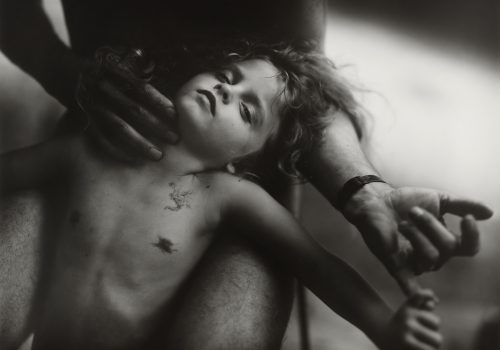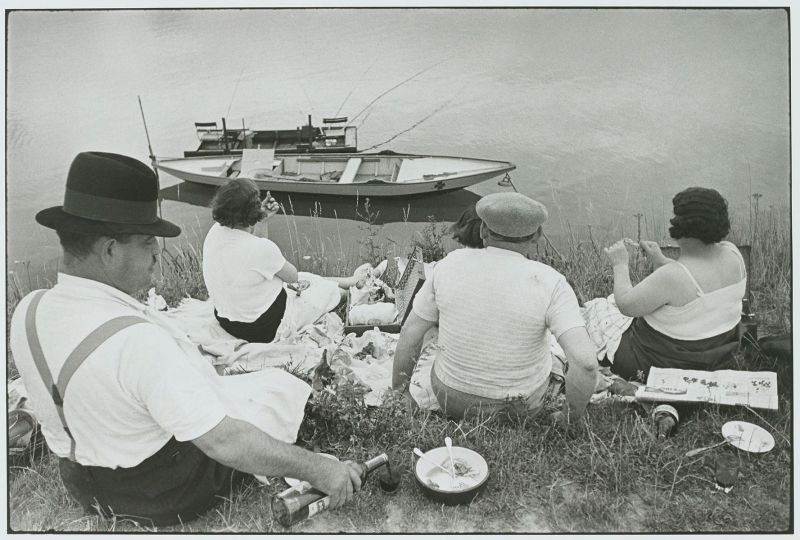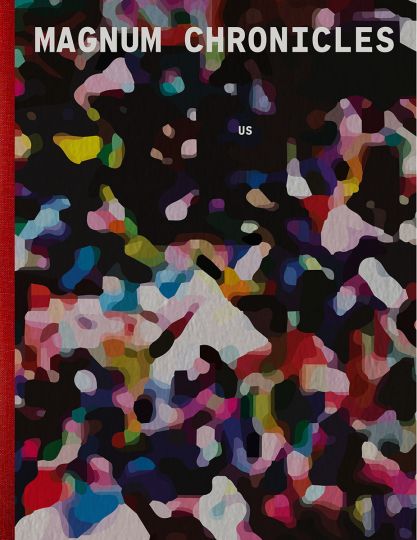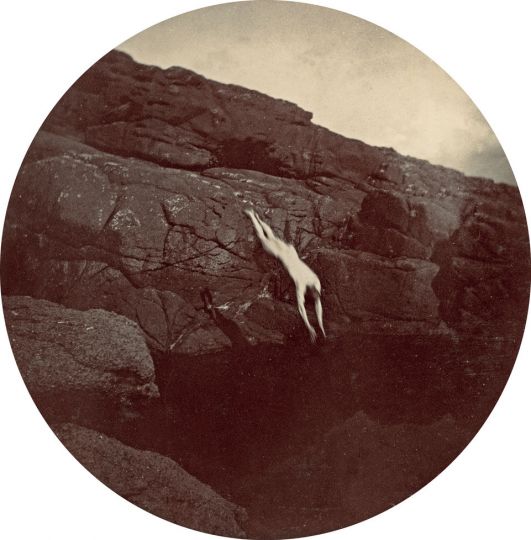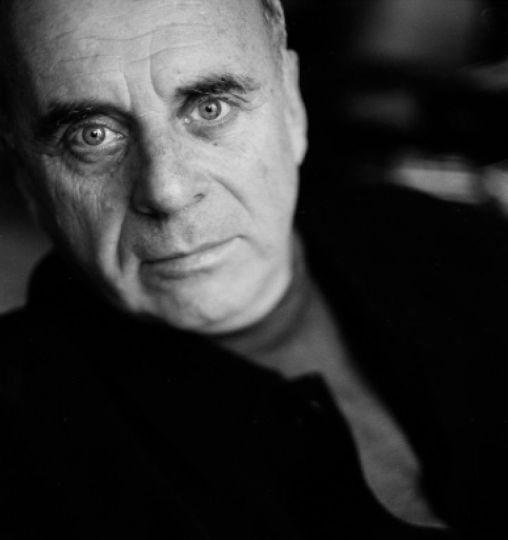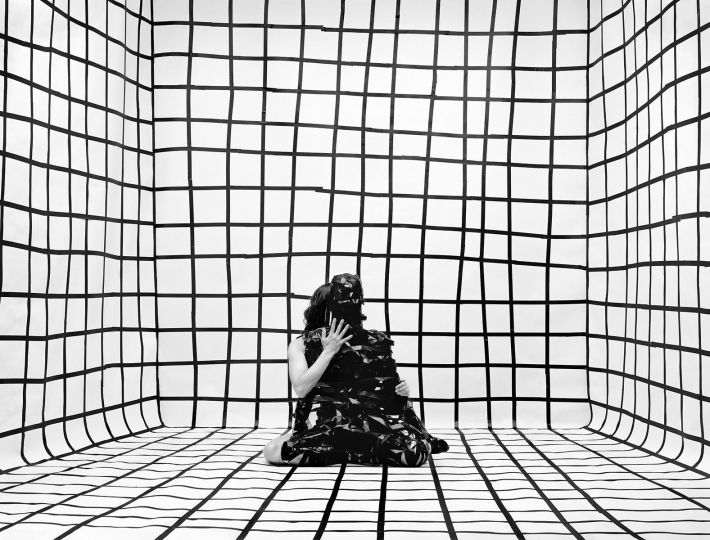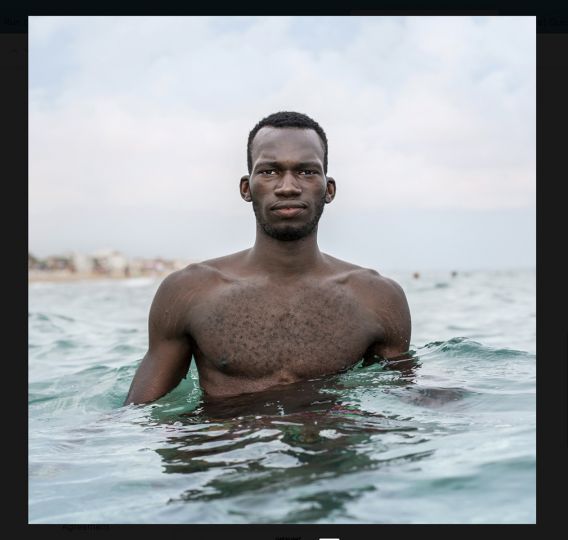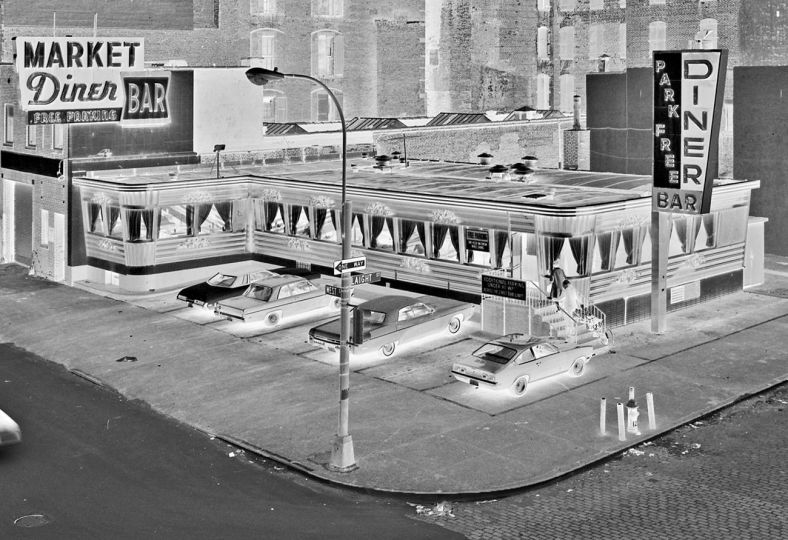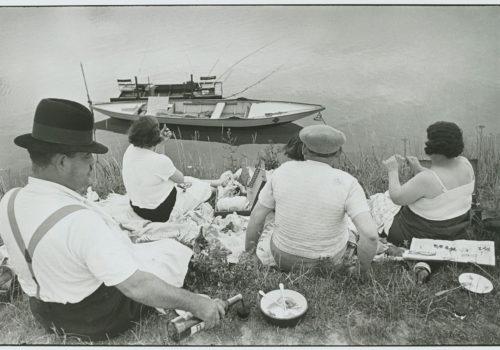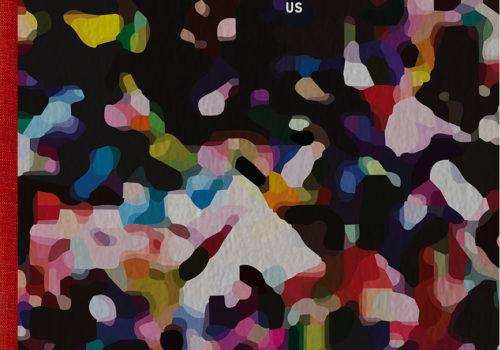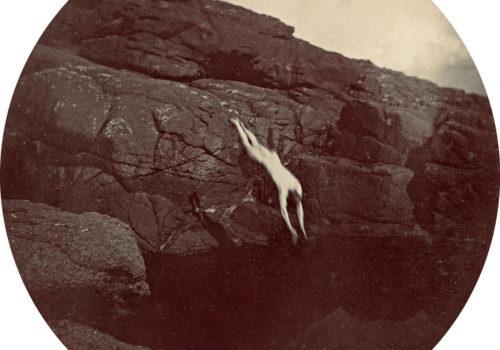For more than 40 years, Sally Mann has made experimental, elegiac, and hauntingly beautiful photographs that explore overarching themes of existence: memory, desire, death, the bonds of family, and nature’s magisterial indifference to human endeavor. In March 2019, the Museum of Fine Arts, Houston, will open Sally Mann: A Thousand Crossings, the first retrospective exhibition of the artist. Through approximately 112 works, many of which have never been exhibited or published, the survey investigates how Mann’s relationship with her native Virginia—a place and identity rich in literary and artistic traditions but troubled by history—has shaped her work. The exhibition will be on view from March 3 through May 27, 2019, following presentations at the National Gallery of Art in Washington D.C., Peabody Essex Museum in Salem, Massachusetts, and the J. Paul Getty Museum in Los Angeles; and before traveling to the Galerie nationale du Jeu de Paume in Paris and the High Museum of Art in Atlanta.
Fully immersed in the visual and literary culture of the American South, Sally Mann has long written about what it means to live in the South and be identified as a Southerner. She uses her love of the area and knowledge of its historically fraught heritage to ask powerful, provocative questions—about history, identity, race, and religion—that reverberate across geographic and national boundaries.
“We are grateful for the opportunity to bring Sally Mann’s retrospective to Houston this spring, and continue the Museum’s distinguished, ongoing programming in the history of photography with this focus on Mann’s extraordinary work,” said Gary Tinterow, director of the Museum of Fine Arts, Houston.
“Throughout her acclaimed career, Sally Mann has embraced her identity as a Southerner and what it means to be a Southern artist. Her work movingly reflects the American South’s complex history and influence on family, race, and the notion of mortality,” commented Malcolm Daniel, the Gus and Lyndall Wortham Curator of Photography at the MFAH.
Exhibition Overview
Sally Mann: A Thousand Crossings is organized into five sections: Family, The Land, Last Measure, Abide with Me, and What Remains. The exhibition opens with Family, featuring her work from the 1980s and early 1990s when Mann began to photograph her three children at the family’s remote summer cabin on the Maury River near Lexington, Virginia. Taken with an 8 x 10-inch view camera, the photographs refute stereotypes of childhood and instead offer unsettling visions of its complexity. Rooted in the experience of particular natural environment—the Arcadian woodlands, rocky cliffs, and languid rivers—these images convey the inextricable link between the family and their land, and the sanctuary and freedom that it provided them.
The Land features photographs of the swamplands, fields, and ruined estates Mann encountered as she traveled across Virginia, Georgia, Mississippi, and Louisiana in the 1990s. Hoping to capture what she called the “radical light of the American South,” Mann created pictures in Virginia that glowed with tremulous light, while those made in Georgia and Mississippi are more blasted and bleak. In these photographs and those she made when she photographed Civil War sites featured in the third section, Last Measure, Mann experimented with an antique lens and the 19th-century collodion wet plate process, and a much larger printing size (30 x 38 and 40 x 50 inches). In The Land these photographic effects included light flares, vignetting, blurs, streaks, and scratches that serve as metaphors for the South as a site of memory, defeat, ruin, and rebirth, while those in Last Measure evoke the land as history’s graveyard, silently absorbing the thousands who perished in battles in Antietam, Appomattox, Chancellorsville, Cold Harbor, Fredericksburg, Manassas, Spotsylvania, and the Wilderness.
The fourth section, Abide with Me, merges four series of photographs to explore how race and history shaped the landscape of Virginia, as well as Mann’s own childhood and adolescence. Expanding her understanding of the land as not only a vessel for memory but also a story of struggle and survival, Mann created a series of starkly beautiful tintypes between 2006 and 2015 in the Great Dismal Swamp—home to many fugitive slaves in the years before the Civil War—and along nearby rivers in southeastern Virginia, where Nat Turner led the slave rebellion on August 21, 1831. Mann’s use of the tintype process—a collodion negative on a sheet of darkened tin—yields a rich, liquid-like surface with deep blacks that mirror the bracken swamp and rivers. By merging these techniques, she is able to convey the region’s dual history as the site of slavery and death, as well as freedom and sanctuary.
Mann also photographed numerous 19th-century African American churches near her home in Lexington. Founded in the decades immediately following the Civil War when African Americans in the state could worship without a white minister for the first time, these humble but richly evocative churches seem alive with the spirit that inspired their creation and the memories of those who prayed there.
The Abide With Me section also includes photographs of Virginia “Gee-Gee” Carter, the African American woman who worked for Mann’s parents for 50 years. A defining and beloved presence in Mann’s life, Carter was also the person who taught Mann the profoundly complicated and charged nature of race relations in the South. The final component of this section is a group of pictures of African American men rendered in large prints (50 x 40 inches) made from collodion negatives. Representing Mann’s desire to reach across “the seemingly untraversable chasm of race in the American South,” these powerful photographs explore Mann’s own position in relation to the fraught racial history of the region.
The final section of the exhibition, What Remains, explores themes of time, transformation, and death through photographs of Mann and her family. A series of spectral portraits of her children’s faces and intimate photographs detailing the changing body of her husband Larry, who suffers from muscular dystrophy, join riveting self-portraits Mann made in the wake of a grave horseback-riding accident. Elusive and poignant, these photographs offer moving and transcendent meditations on the universal experiences of love, loss, and death.
About Sally Mann
Born in 1951 in Lexington, Virginia, Mann continues to live and work in Rockbridge County. Mann developed her first roll of film in 1969 and began her career as a professional photographer in 1972. She attended Bennington College, Vermont and graduated in 1974 with a BA in literature from Hollins College in Roanoke, Virginia, where she earned an MA in creative writing the following year.
Mann’s work has been widely exhibited, and her photographs have been published in the books Second Sight: The Photographs of Sally Mann (1983), Sweet Silent Thought: Platinum Prints by Sally Mann (1987), At Twelve: Portraits of Young Women (1988), Immediate Family (1992), Still Time (1994), Mother Land: Recent Landscapes of Georgia and Virginia (1997), What Remains (2003), Deep South (2005), Sally Mann: Photographs and Poetry (2005), Proud Flesh (2009), Sally Mann: The Flesh and the Spirit (2010), and Remembered Light: Cy Twombly in Lexington (2016). Mann’s best-selling memoir, Hold Still: A Memoir with Photographs (2015), was a finalist for the National Book Award. She has received numerous honors as well as grants from the National Endowment for the Arts, the National Endowment for the Humanities, and the Guggenheim Foundation. In 2011, Mann delivered the prestigious William E. Massey Sr. Lectures in the History of American Civilization at Harvard University.
About the Museum of Fine Arts, Houston
Established in 1900, the Museum of Fine Arts, Houston, is among the 10 largest art museums in the United States, with an encyclopedic collection of nearly 70,000 works dating from antiquity to the present. The main campus comprises the Audrey Jones Beck Building, designed by Rafael Moneo and opened in 2000; the Caroline Wiess Law Building, originally designed by William Ward Watkin, with extensions by Ludwig Mies van der Rohe completed in 1958 and 1974; the Lillie and Hugh Roy Cullen Sculpture Garden, designed by Isamu Noguchi and opened in 1986; the Glassell School of Art, designed by Steven Holl Architects and opened in 2018; and The Brown Foundation, Inc. Plaza, designed by Deborah Nevins & Associates, Inc., and opened in 2018. Additional spaces include a repertory cinema, two libraries, public archives, and facilities for conservation and storage. Nearby, two house museums—Bayou Bend Collection and Gardens, and Rienzi—present American and European decorative arts. The MFAH is also home to the International Center for the Arts of the Americas (ICAA), a leading research institute for 20th-century Latin American and Latino art.
Sally Mann: A Thousand Crossings
On view through May 27, 2019
The Museum of Fine Arts, Houston – MFA H
1001 Bissonnet, Houston, Texas 77005

